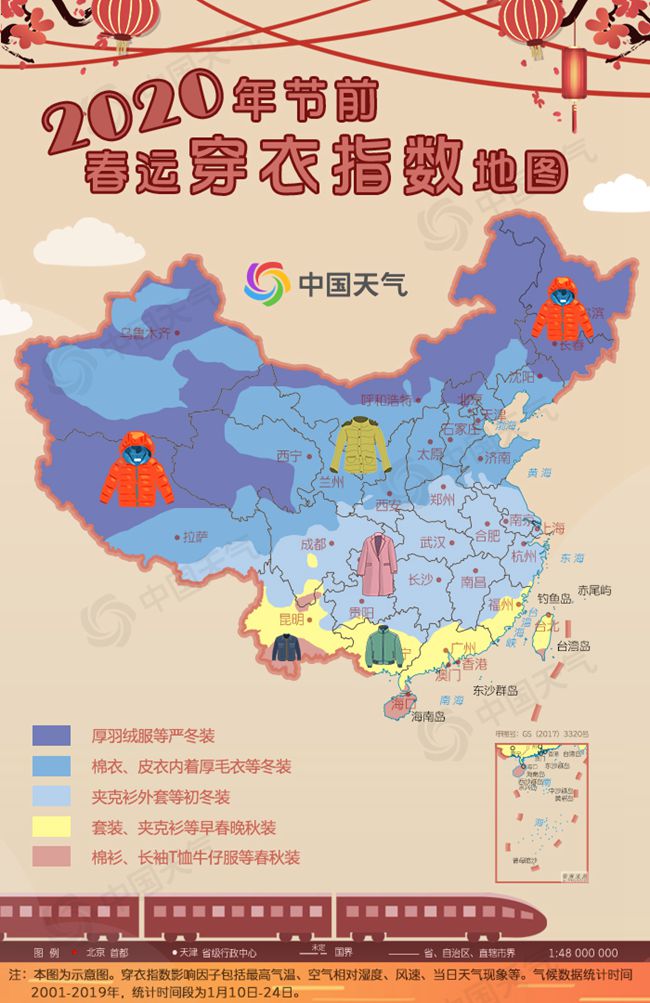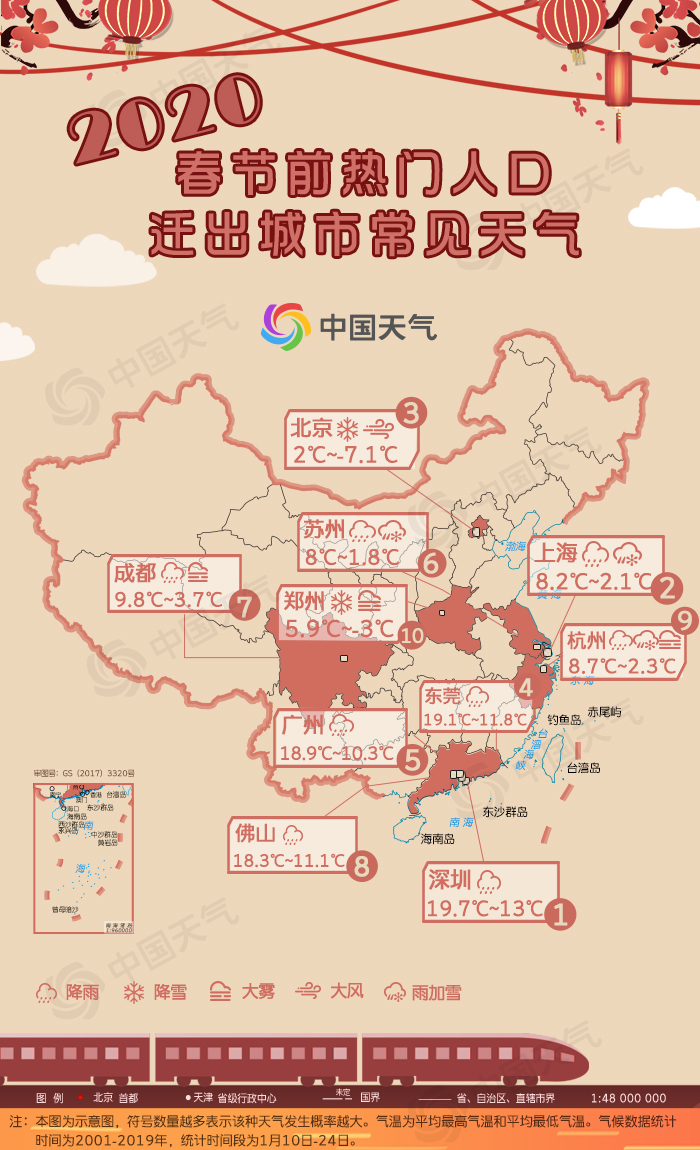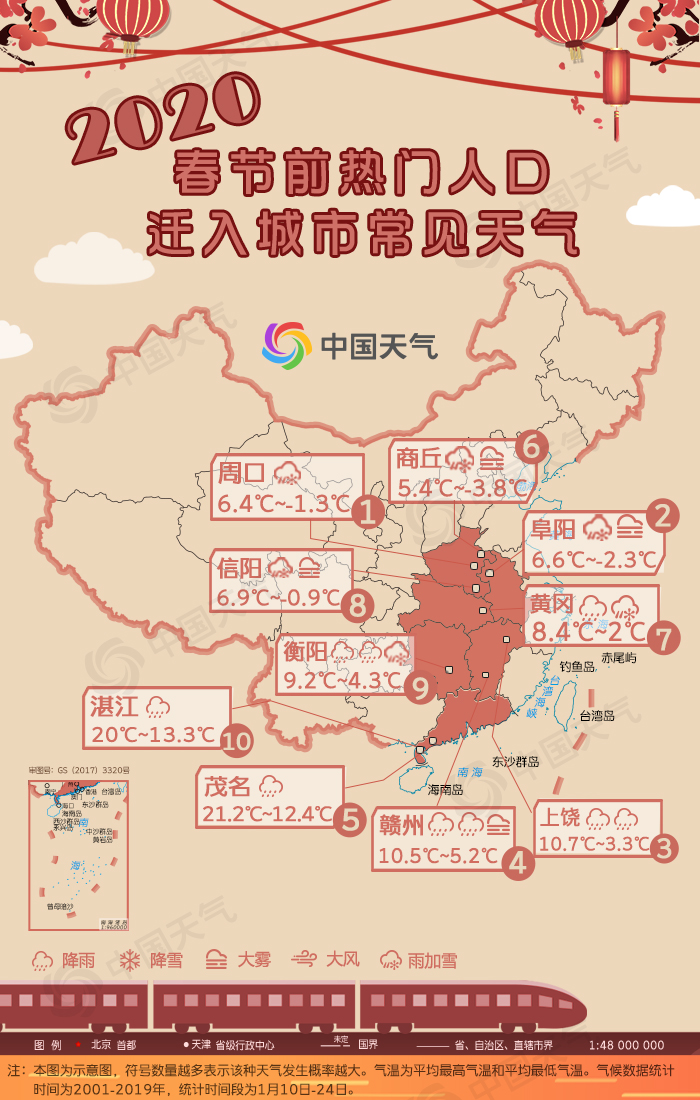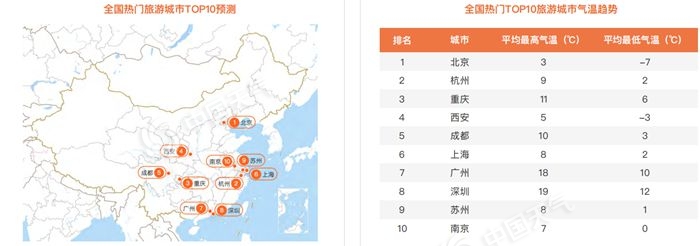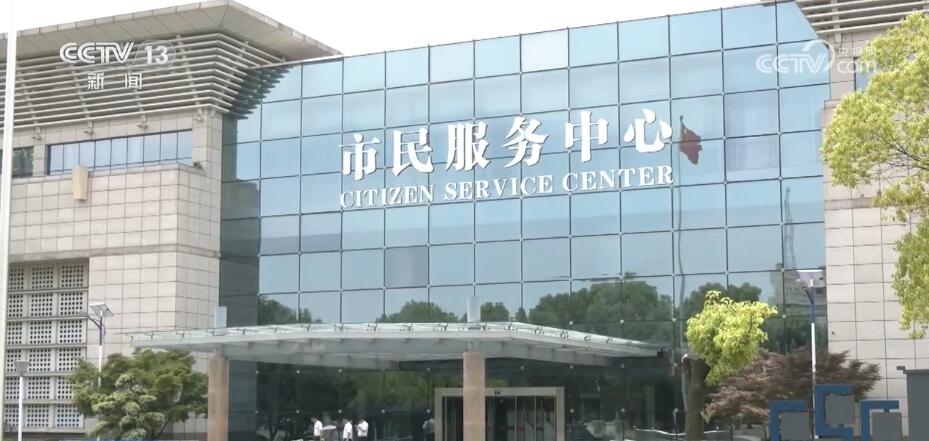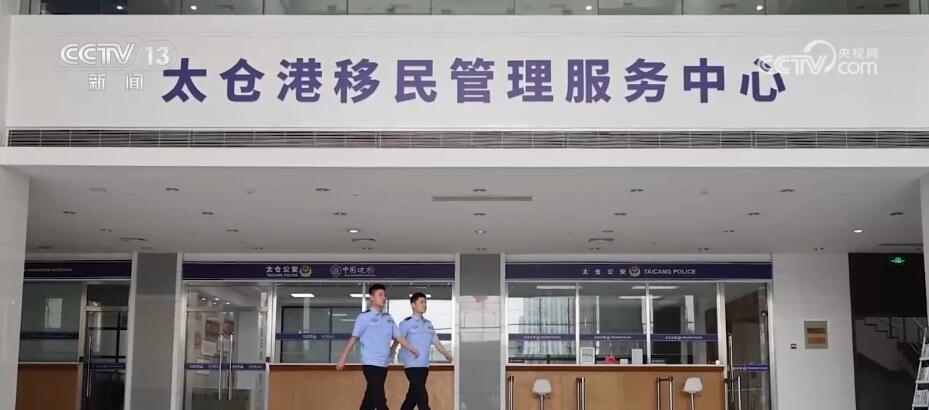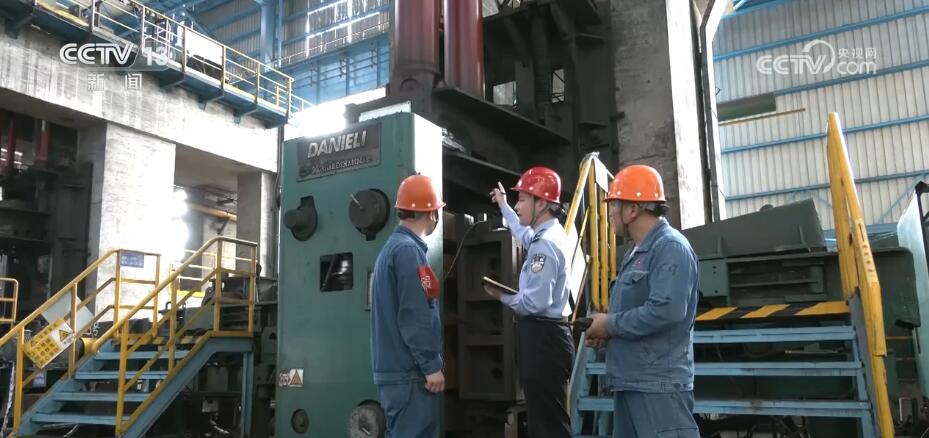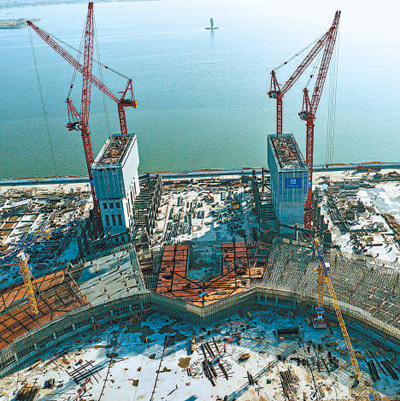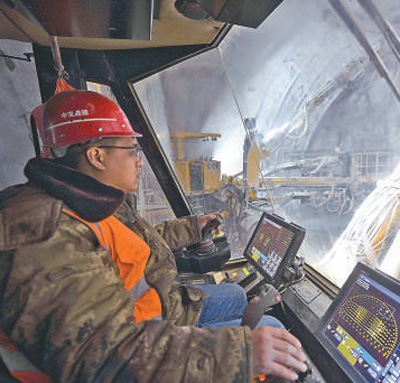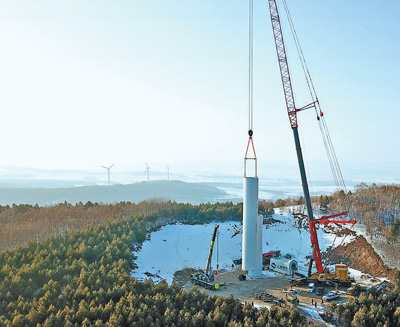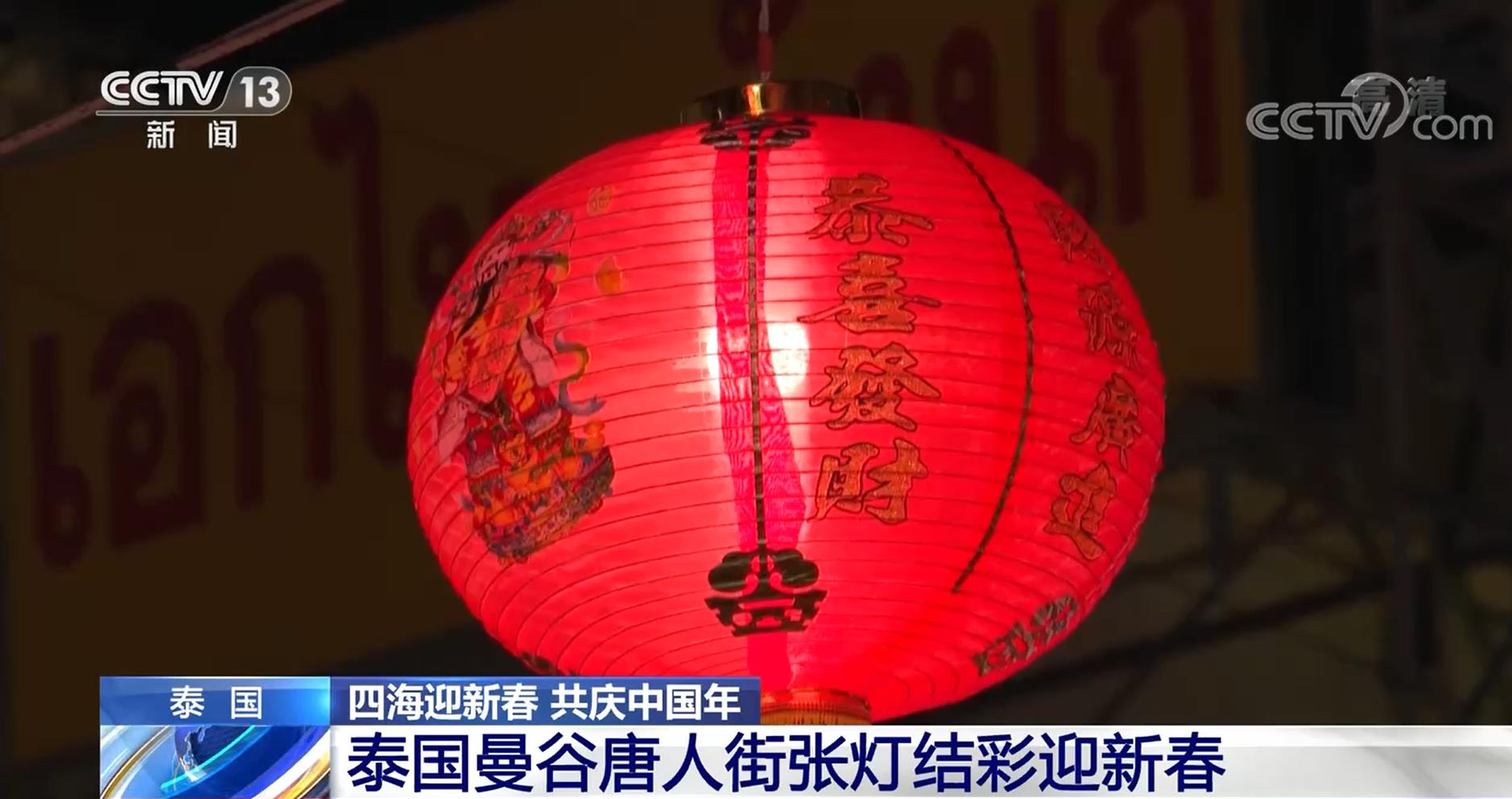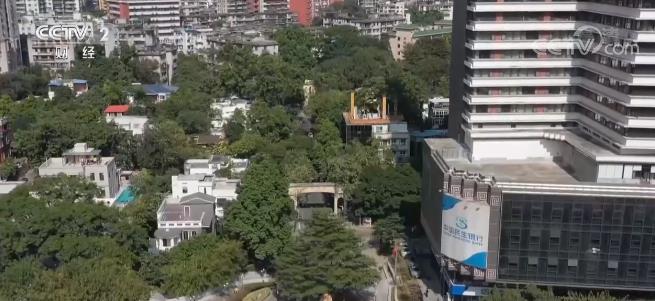2015 is the centenary of Comrade Hu Yaobang’s birth. Recently, the three-volume Hu Yaobang (1915-1989) was published by Beijing United Publishing Company.
The book Hu Yaobang (1915-1989) was written by five old comrades, including Zhang Liqun, who had been working with Comrade Hu Yaobang for a long time, after more than ten years of careful interviews. With full love and respect for Comrade Yaobang, the author vividly reproduces and summarizes Comrade Hu Yaobang’s bumpy and brilliant life from his birth in the war in 1915 to his death due to illness in 1989 with rich and accurate historical materials, a large number of authentic and objective exclusive materials and simple and delicate brushstrokes. The book is divided into three volumes, with nearly one million words. The first volume was published in 2005, and today, ten years later, the three volumes are officially and completely listed, which has certain summative significance.
According to the publisher, this set of books calmly and truly restores Hu Yaobang’s legendary and tortuous life from the perspective of ordinary people. At the same time, it records the changes of a great era by describing Hu Yaobang’s participation in the revolution, the Long March, War of Resistance against Japanese Aggression and the War of Liberation, and his hosting of the Central Committee and local work after the founding of New China, to organizing a big discussion on the standard of truth, rehabilitating false and wrongful cases, presiding over the central work, and promoting reform and opening up.
Hu Yaobang, the second generation of the party’s collective leadership, is the place where Hu Yaobang is written the most and vigorously. In October 1976, after the downfall of the Gang of Four, Comrade Hu Yaobang successively served as Vice President of the Central Party School, Minister of the Central Organization Department, Third Secretary of the Central Commission for Discipline Inspection, Secretary General and Minister of the Central Propaganda Department, Chairman and General Secretary of the Central Committee. While presiding over the work of the Central Committee, Hu Yaobang actively participated in the formulation and implementation of the Party’s major decisions and strategic plans, implemented the principles and policies since the Third Plenary Session of the Eleventh Central Committee of the Communist Party of China, fully promoted reform, opening up and the four modernizations, and made "outstanding contributions" and "immortal feats" for the cause of the Party and the people.
"Hu Yaobang" also wrote that in the last two years before Hu Yaobang’s death, despite his weak health, he was still thinking about state affairs in his heart and always remembered the people who loved him. He went to the grassroots to investigate and study, encouraged cadres and the masses to correctly understand the situation and bright future, closely unite around the CPC Central Committee, cheer up, work hard and move on.
There is such a record in the book. Hu Yaobang once said to a friend: "At present, the responsibility of a member of the Politburo is on his shoulders. The central leadership can say: you don’t have to worry about specific work. But can I wear a title and do nothing? Getting paid for nothing and not contributing, this is called’ official’, and it’s strange not to lose sleep. It seems ok to take a vacation after receiving the notice. If you ask for leave twice, you will blush; It doesn’t make sense to ask for leave three times. If you sit on the conference table, you have to speak. If you don’t send it once, you can get by. If you don’t send it twice, you can’t sit still. If you don’t send it three times, isn’t it’ really useless’? To speak, what to say, and how to say it, I set myself a set of rules: I can’t be air-to-air, I can’t be aimless, so I must investigate and study it in practice. "
At the end of the book, it is recorded that Comrade Hu Yaobang’s close comrade-in-arms and his wife, Comrade Li Zhao, led their descendants to hold a family sacrifice. After a moment of silence, she said with emotion, "Yaobang, you said goodbye to us forever. Although I think you are still reading with me in the east and west, you have finished your revolutionary journey and arrived at the place where you should go. A few days ago, the children didn’t dare to cry in front of me. I said to them, find a place to cry aloud. If you cry, you can express your depression in your chest. If you cry, your heart will be calmer. "
"yaband, you aboveboard, selfless and fearless, you are a clear conscience of the communist party member. You live thinking about the people. When you die, the people miss you, and the people share your joys and sorrows … If you have a soul, I think you will also smile. "
Attachment: Catalogue
volume one
The first chapter as a teenager ………………………………………………………………….. 001.
I. Farming House/001
Second, diligent and studious Jiuyazi/005
3. Walking towards the Spark/008
Fourth, set foot on the revolutionary journey/015
The second chapter is the sharpening of Soviet area ………………………………………………………………. 021.
I. Active "Red Kid"/021
Second, the wronged "AB group"/025
Third, emerging/031
Fourth, bid farewell to Hongdu/035
The third chapter is not afraid of expedition difficult ………………………………………………………………. 038
I. Marching in spite of illness/038
Second, narrowly missed the blockade/041
Third, Zunyi was injured/045
Four, life and death trek/049
Five, set foot on the yellow land/058
The fourth chapter ………………………………………………………………….. 060 ten years in northern Shaanxi.
I. Walking into Mao Zedong’s field of vision/060
II. Returning to Youth Work/066
Iii. Anti-University Education/070
Four, to Mao Zedong draft/075.
V. United Front and Struggle/078
Vi. Young Minister of the Organization Department of the General Political Department/084
Baptism of the Seventh Congress/088
The fifth chapter military years (on) …………………………………………………………. 094.
I. Stepping into North China/094
Second, the political commissar of the column, the first battle Jining/098
Three, galloping a thousand miles, three wars and three victories/103
Four, stick to protect the north/106
V. Battle Qingfeng Store/110
Vi. Fighting in Shijiazhuang/113
Seven, ZhuangTuan victory/117
Eight, "run by the nose of a stupid cow"/121
The sixth chapter military years (below) …………………………………………………………. 124
I. Coming to Taiyuan Front/124
Second, cause a strong psychological offensive/131
Three, instigated the Huang Qiaosong uprising/136
Iv. Willing to fight with General Manager Peng/140
V. "Made great contributions to the liberation of the people in North China"/146
Six, moved to the northwest/156
Chapter VII ………………………………………………………………….. in northern Sichuan, 164
First, from the horse to the horse/164
Second, I am new to Nanchong/169
Iii. "Let the people have the freedom to criticize"/174
Four, treat each other with sincerity/179
V. Fostering a large number of cadres/185
Six, however, "counterinsurgency" strictly grasp the policy/191
VII. "It’s a great comfort that the land reform is developing normally"/197
Eight, "three evils" and "five evils" is to transform society and change customs/202.
Nine, "the recovery and development of production is always the first"/207
X. Conscientiously care about people’s lives/214
Xi. Respect intellectuals and develop cultural and educational undertakings/216
Xii. Being transferred to Beijing/224
The eighth chapter on the youth front (on) ……………………………………………………… 227
First, the young man took the stage/227
Second, independently carry out activities and invest in economic construction/235
Iii. "Publicity and education work is the soul of the Youth League"/250
Iv. "Sweep away the creative style of suffocating people"/258
V. "Dare to be original and create unique features"/262
VI. "Lead children to be brave and lively"/270
Vii. Vigorous foreign affairs activities/275
The ninth chapter on the youth front (below) ……………………………………………………… 284
I. After the Eighth National Congress/284
II. Cadres of the Protection Corps/293
III. Stumbling in "Leaping Forward"/297
Four, "poor years worry about Li Yuan"/307
Five, strict self-discipline/315
Chapter 10 Decentralization of Xiangtan ………………………………………………………………….. 319
I. Please go to Xiangtan/319
Second, the young leave home and the old return/327
Three, four "big catch"/336
Fourth, based on "help"/338
V. After "Hangzhou Conference"/342
Vi. Busy going to the countryside/351
Seven, can’t forget teenagers/356
Chapter 11 Main Shaanxi Rectifies "Left" …………………………………………………………. 360
First, the situation in Shaanxi is worrying/360
Second, report the Shaanxi situation on the job/364
Third, rectification brings a turning point/369
Four, Ankang/374
Five, "four" in trouble/382
Volume II
Chapter 12 "Cultural Revolution" tribulation …………………………………………………………. 389
I. unexpected trouble/389
II. After the reorganization/397
Three, "bullpen" imprisonment/404
Four, "distribution" Huanghu/410
V. Living in seclusion/419
Chapter 13 Rectify ……………………………………………………………, Academy of Sciences 424
I. Try again/424
Second, the drafting of the report outline/436
Third, painstaking efforts/440
Four, was knocked down again/446
Chapter 14 Set things right in the Central Party School …………………………………………….. 453
First, "Zhongxing Weiye is popular"/453
Second, stop criticizing Deng Xiaoping and expose and criticize the Gang of Four and Kang Sheng/456.
Third, the formation of public opinion in the country to rehabilitate false and wrongful cases/458
Fourth, "Hold on in the face of a typhoon of magnitude 12"/464
V. Testing the Cultural Revolution with Practical Standards/466
Six, the establishment of "Theoretical Dynamics"/470
Seven, a "position" and a "model"/477
Chapter 15 Organization Line Out of Order …………………………………………….. 482
A, the organization department to make "party member, the home of cadres"/482.
Second, open the door and warmly receive visitors/485
Iii. To restore cadres’ right to work/489
Four, a "cadre division" on the front line of the four modernizations/491
Chapter 16 Rehabilitate wrongs and wrongs ……………………………………………………….. 497
One, with "two no matter" to resist "two whatevers"/497
Second, the breakthrough of the "sixty-one traitor group" case/506
III. Revocation of the Central Task Force/512
Iv. Studying the problem of "Rightists" correction/514
V. Opening the curtain of correcting the "Rightists"/517
Vi. "All mistakes should be corrected"/522
VII. Rehabilitation of Liu Shaoqi et al. Case/526
Let the sun melt the frozen snow/529
Chapter 17 Discussion on the Standard of Truth ……………………………………………………. 536
I. Examining "Practice is the only criterion for testing truth"/536
Second, the leadership and promotion of Deng Xiaoping/542.
Iii. Deepening the discussion on the standard of truth/550
Fourth, the Third Plenary Session spoke highly of the standard of truth/555
Chapter 18 Update of the Central Leadership ………………………………………………… 562
I. Central Working Conference/562
II. The Third Plenary Session of the Eleventh Central Committee/576
Iii. Entering the Central Leadership/581
Four, adhere to the collective leadership/585
V. Improving leading bodies at all levels/592
Vi. Efforts to promote the alternation between the old and the new/594
Chapter 19 Theoretical Work Retreat ……………………………………………………. 610
I. Implementing the Spirit of "Emancipating the Mind and Seeking Truth from Facts" of the Third Plenary Session/610
Second, break through the restricted area and point to the "Left" error/615
Iii. Open your mind and discuss major theoretical issues in depth/617
Iv. Promoting Emancipating the Mind and Promoting Democracy/623
V. "Four Persistences"/625
VI. Further discussion on the standard of truth and "make up lessons"/630
Chapter 20 Summarize 30 years of historical experience …………………………………………….. 635
I. "Inevitable big things"/635
Second, "say enough about the merits and make the mistakes clear"/640
Iii. Drafting historical resolutions/647
IV. Revealing Thirty Years of History/653
Chapter 21 The Twelfth National Congress opens up a new situation in …………………………………………….., 658
I. Theme of the Twelfth National Congress/658
II. Strategic goal of quadrupling the GNP in 20 years/660
Iii. Persisting in reform and opening up/661
IV. The Party must operate within the scope of the Constitution/664
V. A group of new people entered the Central Committee/666
Chapter 22 Respect knowledge and talents …………………………………………. 672
I. "The policy of unity education and reform is no longer applicable"/672
II. Implementing the Intellectual Policy/677
Third, the confidant of intellectuals/685
Fourth, the implementation of policies for the United front should not be vague/689
V. "Treat each other with sincerity and share weal and woe"/692
Vi. Looking forward to the third cooperation between the Kuomintang and the Communist Party/697
Chapter 23 Literary and artistic creation in the new period of prosperity ……………………………………… 701
First, run the "service station"/701 well
Second, sum up experience and set things right/707
Third, the obstacles of "Left" should be removed from the prosperity of creation/712
Chapter 24 Marxism is the science of development ………………………………………. 723
I. Eliminating "Left" Interference and Opposing Feudal Remnants/723
Second, strive to explore the methods of ideological and political work in the new period/726
Iii. Marxism is the science of development/732
Volume III
Chapter 25 Correcting Party Style and Strengthening Party Discipline …………………………………………. 735
I. Formulating laws and regulations to improve the political life of the Party/735
Second, party discipline education is the responsibility of the Commission for Discipline Inspection/743
Iii. Opposing the Specialization of Cadres/747
Iv. Combating criminal activities in the economic field/750
V. Set an example/762
Chapter 26 Five "No.1 Documents" ………………………………………………. 768
I. "Only when the policies are right can farmers be motivated"/768
Second, the practice of production responsibility system in Anhui and Sichuan provinces/771
III. Summarizing the Experience and Lessons of "Learning from Dazhai"/776
Fourth, give reassurance to the farmers who have fixed production quotas/780
V. Stabilizing and Improving Rural Economic System Reform/785
Six, the development of commodity production, farmers can get rich/787
Seven, promote the reform of agricultural structure, enliven the rural economy/790
VIII. Deepening Agricultural Economic Reform/795
Chapter 27 Trying to make farmers rich ……………………………………… 801
First, open your eyes to agriculture/801
Second, "the land and mountains should be colorful"/804
Iii. Diversification to Promote Grain Production/809
Fourth, let thousands of families be their own masters/812
Five, the people are rich and the country is the biggest political/815.
Six, the township enterprises to "water fish"/818
Chapter 28 Development of Western …………………………………………………………… 824
I. Strategic Ideas from Practice/824
Second, to explore the root causes of poverty in the west/828
Third, "Rebound Pipa" to Realize a Benign Ecological Cycle/831
Four, animal husbandry to develop/837
V. "Relying on the Mountain to Eat the Mountain" Diversification/839
VI. Field trip to Tibet/842
Seven, "know" Tibet/848
Viii. Advocating the New Practice/850
Chapter 29 Party consolidation in an all-round way …………………………………………………………… 855
I. Summing up historical experience and determining the Party consolidation policy/855
Second, the focus of the three phases is different/858
Iii. Unifying thoughts and focusing on solving current problems/861
Iv. Fire at unhealthy trends/865
V. Resolutely and cautiously eliminate "three kinds of people"/867
Chapter 30 Foreign Relations ………………………………………………………………. 871
I. Adhering to an independent foreign policy/871
Second, a rational understanding of the United States/874
III. Promoting Sino-Japanese Friendship/875
IV. Friendly cooperation with other countries/881
V. Strive to establish a new type of inter-party relations/887
Vi. Advocating a new diplomatic style/891
Chapter 31 Comprehensive Reform of …………………………………………………………… 896
I. Construction and Reform of the Four Modernizations/896
Second, the "production purpose" discussion/909
Iii. Promoting economic restructuring/913
Four, all aspects of the reform gradually/923
Five, the reform should start from one practical thing/928
Chapter 32 Construction of Spiritual Civilization ……………………………………………………. 933
First, pay attention to civility/933
Second, the event of hundreds of millions of people/936
III. Elaboration of the Twelfth National Congress/941
Four, presided over the drafting of the resolution on the construction of spiritual civilization/945
Chapter 33 Political System Reform ……………………………………………………. 950
I. "Let the people enjoy democratic rights"/950
Second, the first step to reform the system of party and state leadership/952
Third, starting from the ruling party itself/954
Chapter 34 The Last Years …………………………………………………………… 957
I. Resignation as General Secretary/957
Second, reading/958
Third, the heart is rich and strong/962
Fourth, poetry speaks out/970
V. "Party and the masses should be fish and water"/975
Chapter 35 …………………………………………………………… died in 983
A sudden heart attack at the Politburo meeting/983
Second, the whole country is in sorrow/986
Three, ten miles long street to send relatives/1003
Four, green mountains and green waters with loyal souls/1006
Attachment 1: Hu Yaobang’s Life Events Chronology ………………………………………………………. 1014
Appendix II: Citation and main bibliography of this book …………………………………………………… 1050
